
Scars of Seveso still linger

Twenty-five years ago, one of the Western world's worst chemical disasters took place in Seveso, near Milan, Italy. A toxic cloud laced with chlorine and dioxin escaped from a factory owned by an affiliate of the Swiss multinational, Roche. Today, local residents are still fighting for compensation.
Around midday on July 10, 1976, a ventilation system failed at the Icmesa factory, releasing the toxins into the atmosphere over a residential area. At first, nobody realised what was happening.
It was only four days later that children started showing skin damage. The initial conclusion was they were contaminated by chlorine.
But two weeks later, over 500 residents were evacuated from their homes, leaving everything they owned behind. They were to be told days afterwards that extremely toxic dioxin, as well as chlorine, had been released into the air.
Dioxin, a by-product of industrial processes using chlorine, is considered a serious public health threat by environmental agencies, with no safe level of exposure. It is believed to be a cancer hazard, and to cause reproductive and developmental problems, as well as damage the immune system.
Roche, the owner of the Italian company, claimed that between a few hundred grammes and a kilogramme of dioxin had left the factory. Other figures state that anything up to 130 kilogrammes of the chemical had been spread around the surrounding area.
People were told not to eat fruit and vegetables from the contaminated zone. Pregnant women were advised to have abortions, as the long-term effects on unborn children were not known.
Today, the population is still under medical surveillance. Researchers are divided over whether the increase of incidences of deformities among children and tumours is linked to the toxin.
However, one proven effect of the contamination was an increase in the number of girls born in the area.
In the aftermath of the catastrophe, Roche paid out SFr300 million ($168 million) in damages. The money paid for decontamination, new housing for the affected citizens of Seveso, as well as for the creation of a chemical dump and its surveillance.
The worst contaminated area is now a park, with no sign of the houses which once stood there. A mound right in the middle of it is in fact where barrels of contaminated material are buried in a shell of concrete and plastic.
Citizens of Seveso are still fighting for their rights. Twenty-one lawsuits are still underway, with the plaintiffs demanding compensation for psychological harm.
Givaudan, formerly owned by Roche and proprietor of Icmesa, is defending itself in Italian courts, claiming no compensation is due. An appeals tribunal in Rome will have the final say after a lower court accepted the plaintiff’s requests.
Seveso became a symbol of the lack of control over the chemical industry, forcing authorities all over Europe to take action. A number of international agreements have been signed to avoid a repeat of the Italian incident.
But these agreements have their limits. In 1983, barrels containing dioxin from Seveso turned up in France after being illegally exported.
Switzerland has not been immune to major chemical accidents either.
Water used to extinguish a fire at a Sandoz depot in Schweizerhalle, near Basel, polluted the Rhine in 1986. Virtually all the flora and fauna in the river was killed off by the chemical run-off.
The accident led to a tightening of security procedures in the Swiss chemical industry.
swissinfo with agencies

In compliance with the JTI standards
More: SWI swissinfo.ch certified by the Journalism Trust Initiative












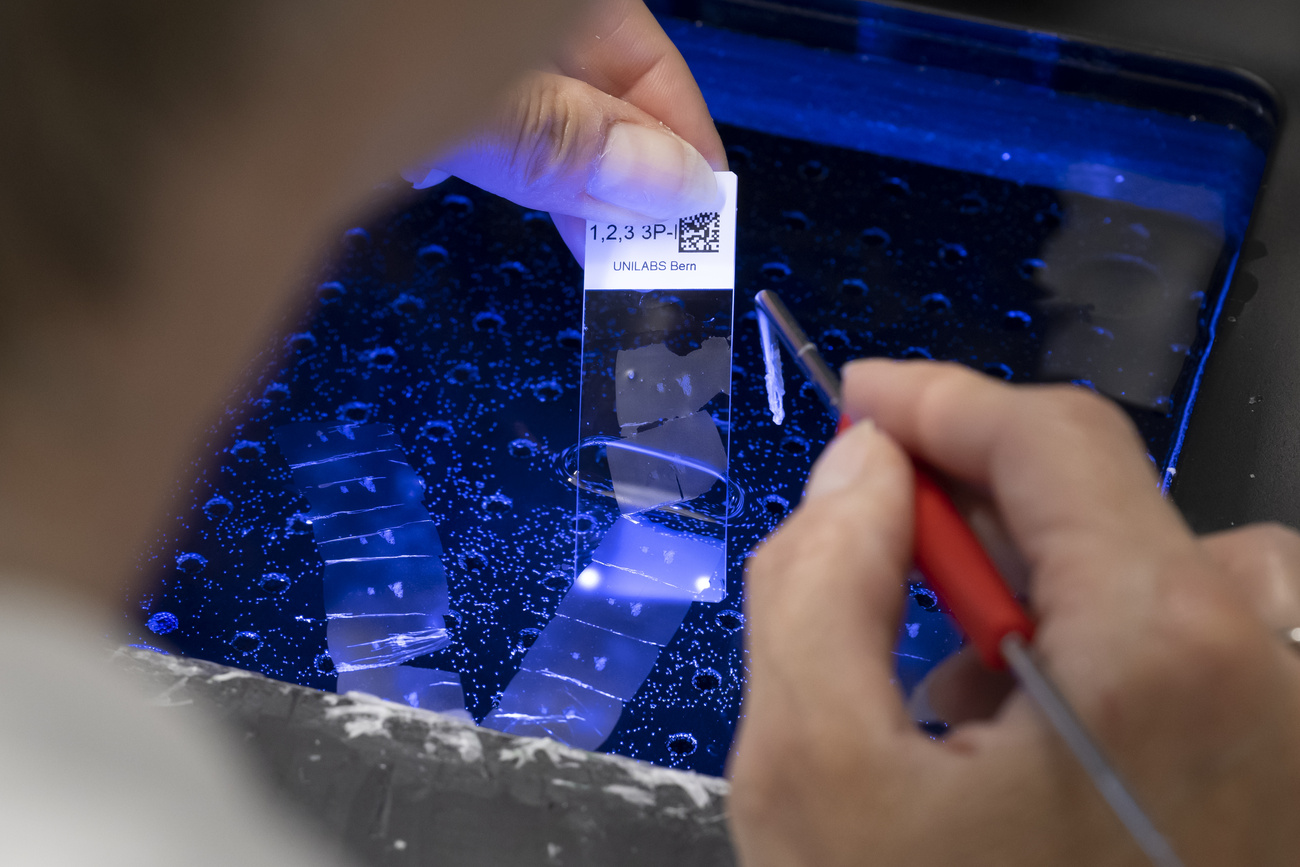


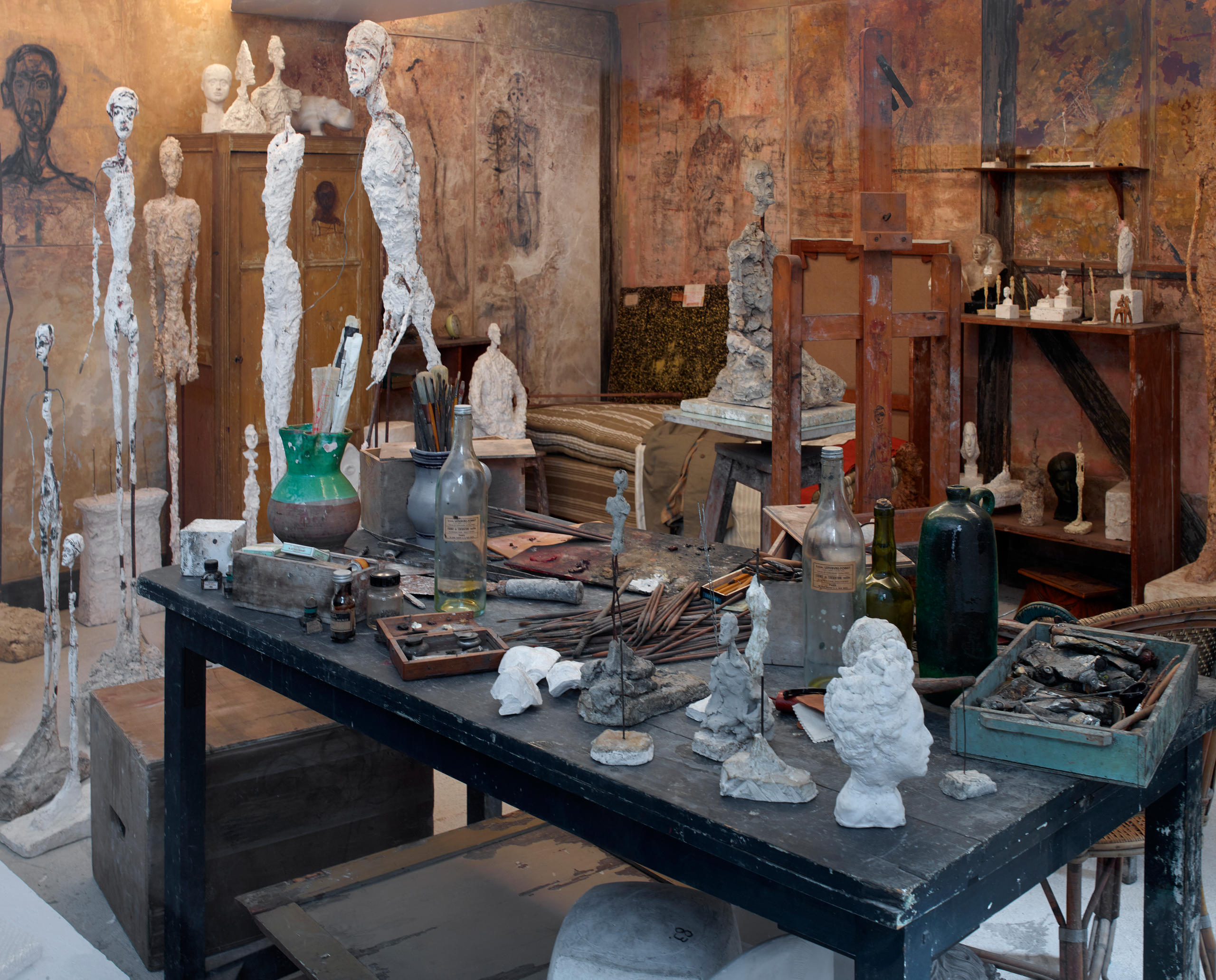


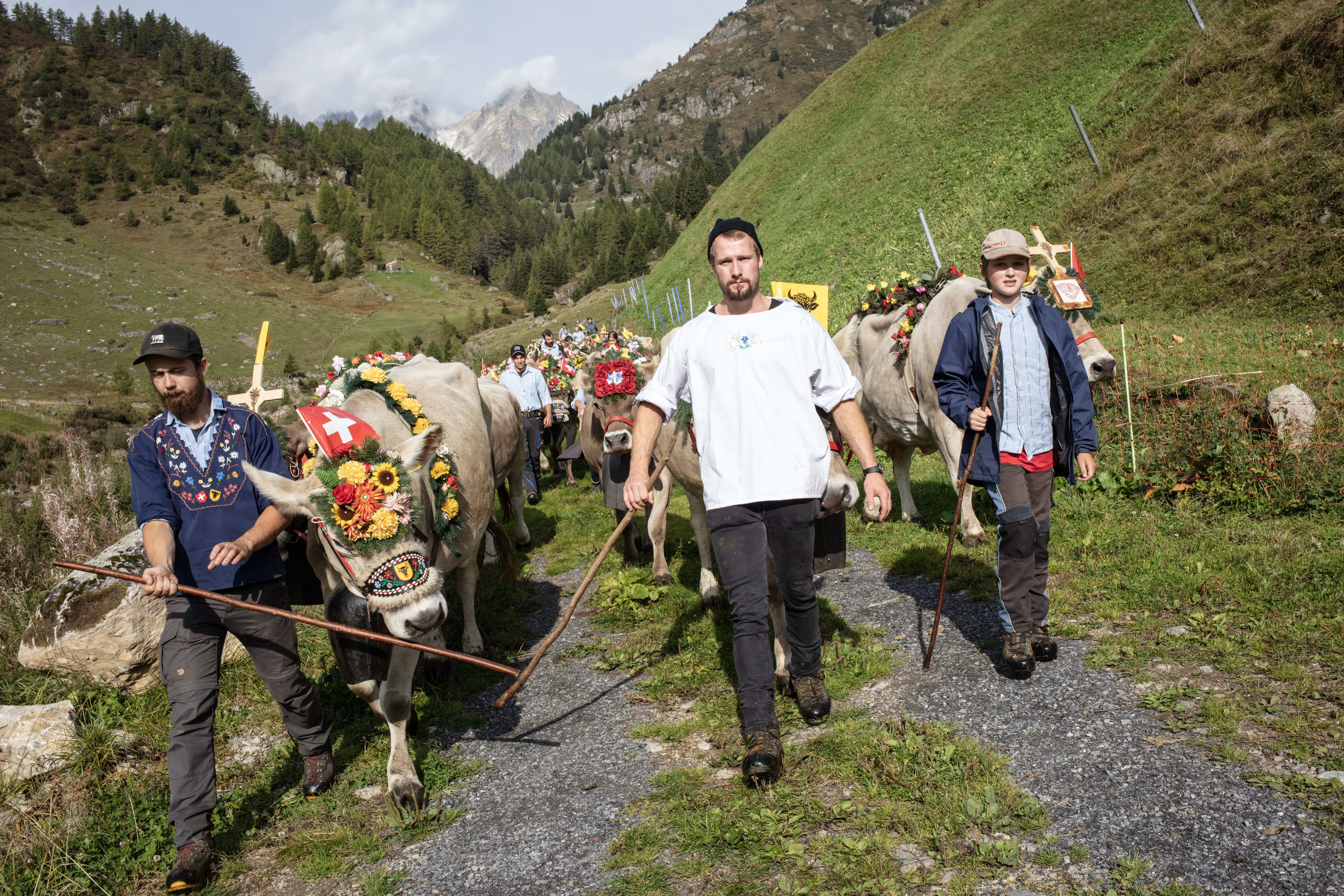


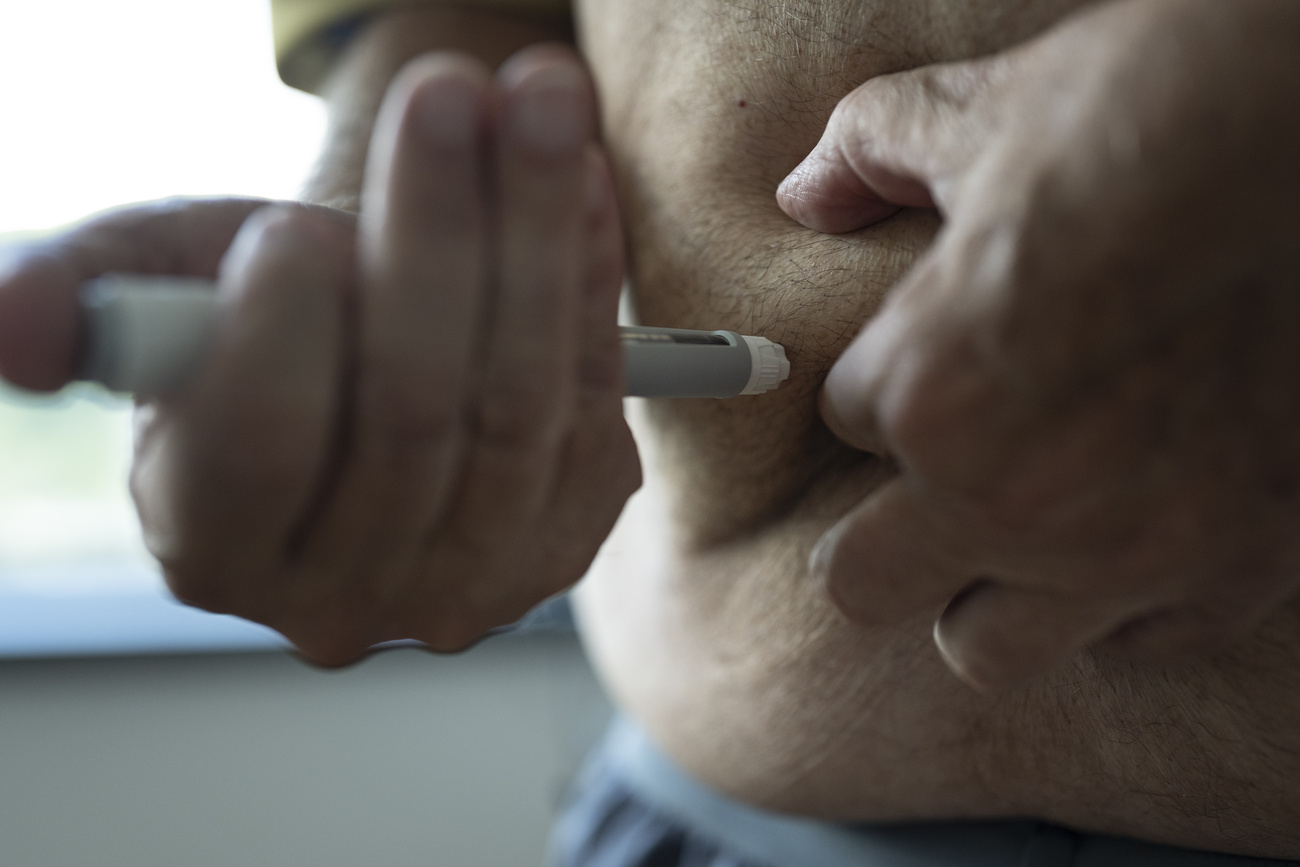
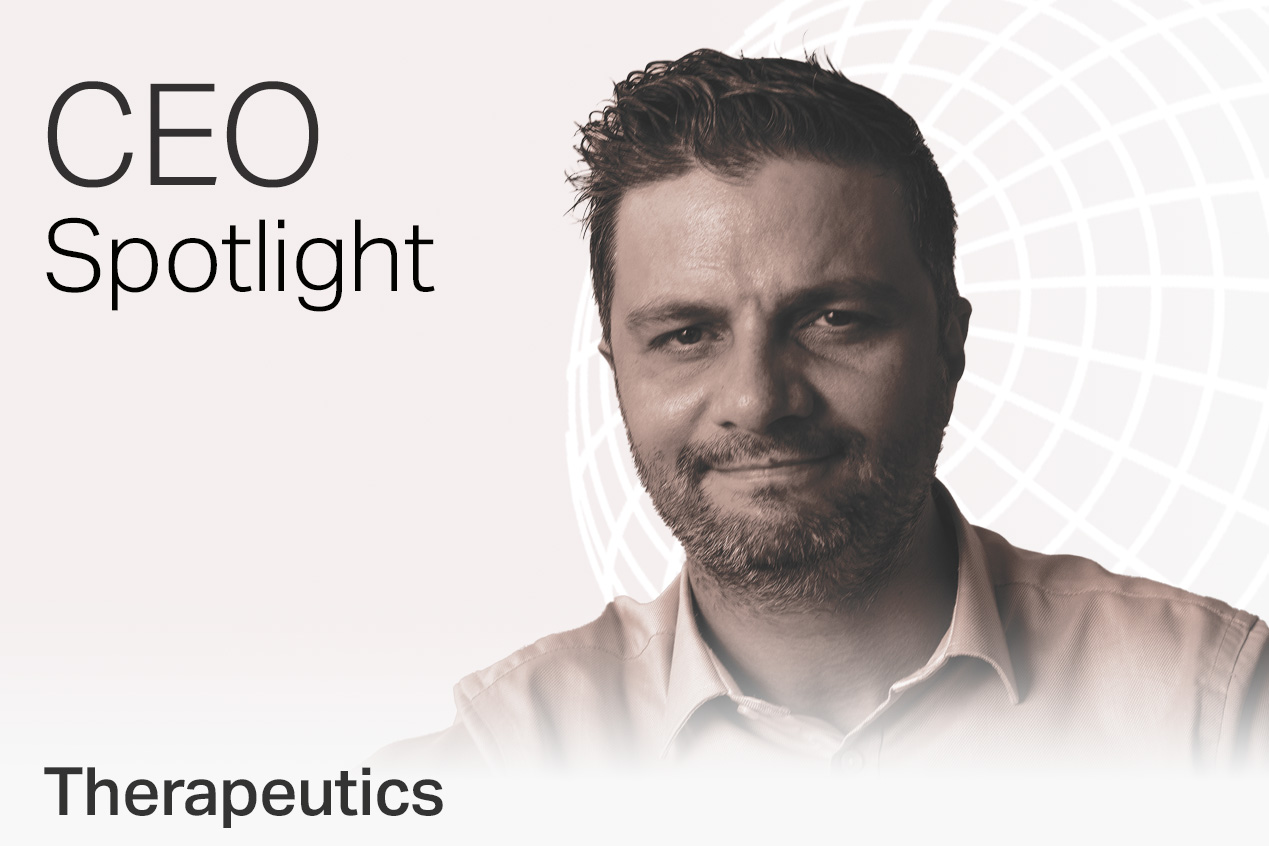




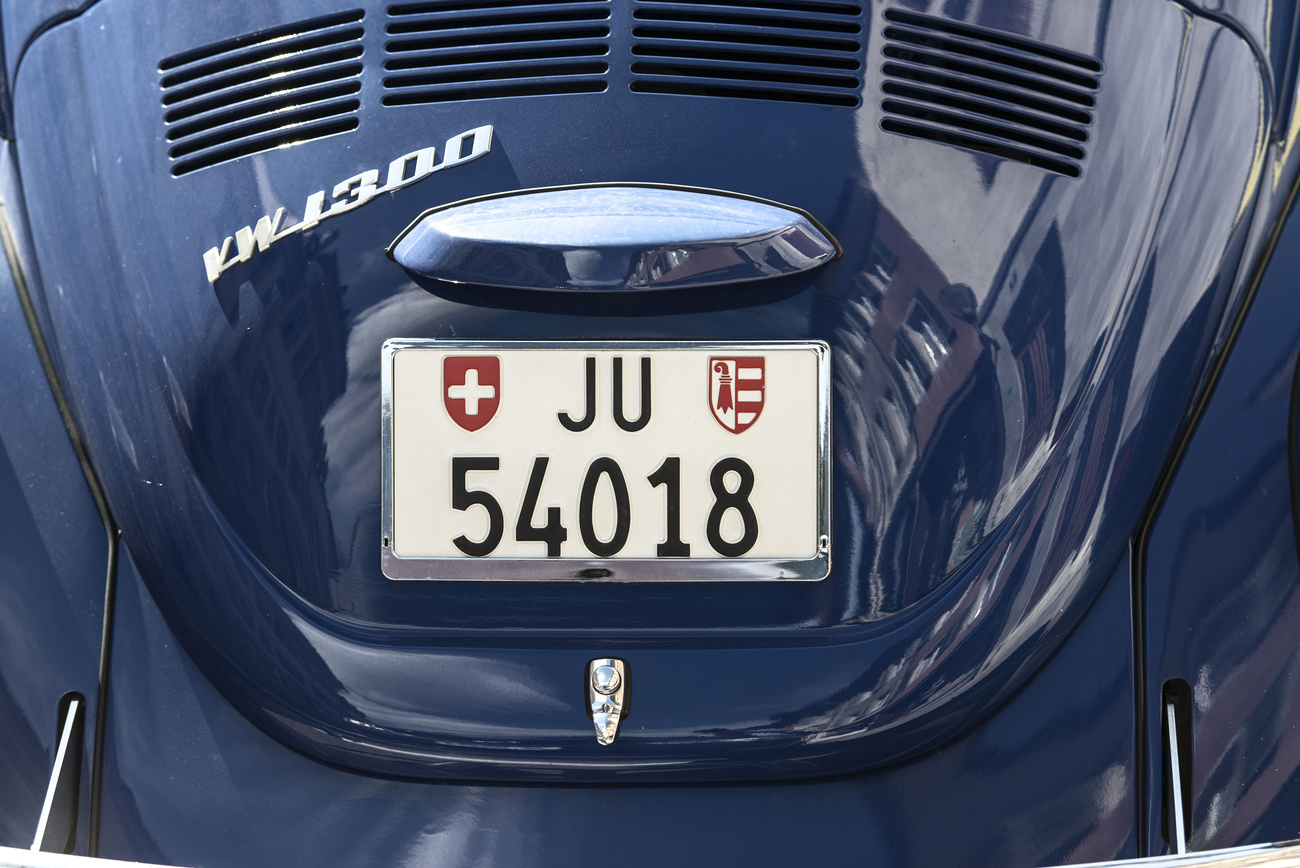
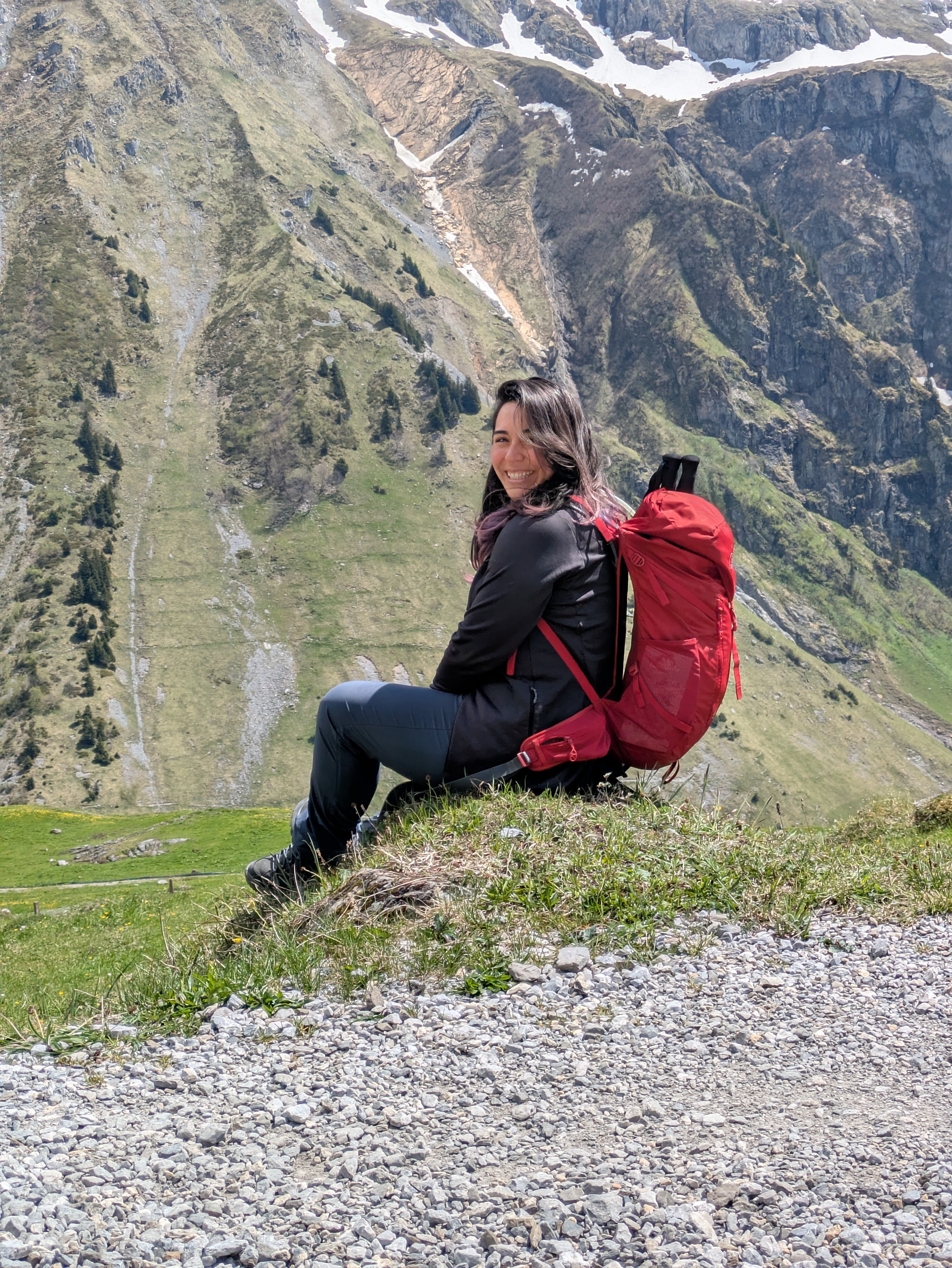

You can find an overview of ongoing debates with our journalists here . Please join us!
If you want to start a conversation about a topic raised in this article or want to report factual errors, email us at english@swissinfo.ch.